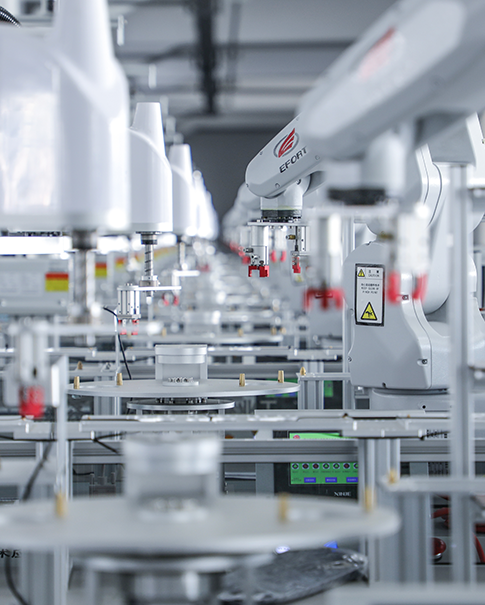Honeywell’s Strategic Split: What It Means for the Future
January 17,2025
Honeywell’s Big Move: A Game-Changing Breakup
Honeywell International Inc. (NASDAQ: HON), the renowned industrial conglomerate based in Charlotte, North Carolina, is reportedly preparing to divide itself into two independent publicly traded companies. This strategic move comes in response to pressure from Elliott Investment Management, according to insiders cited by Bloomberg. The proposed split would result in one company focusing on automation and the other on aerospace and defense.
Although an official announcement is still pending, sources suggest that the details of this breakup could be revealed alongside Honeywell’s fourth-quarter earnings report in early February. Final approval from the company’s board is still required to greenlight this significant transformation.
What Led to the Decision?
The decision to explore a breakup stems from a broader review of Honeywell’s operations, initiated in December. This came on the heels of Elliott Investment Management’s acquisition of a $5 billion stake in Honeywell, marking its largest-ever investment in a single company. Elliott has been actively advocating for the conglomerate to split its operations, particularly highlighting the potential of separating its aerospace business.
Under the leadership of CEO Vimal Kapur, Honeywell has already taken steps to streamline its portfolio. For instance, in October, the company announced plans to spin off its advanced materials division. These efforts reflect a broader trend in the industrial sector, as companies like General Electric and Third Point LLC have similarly pursued breakups to unlock shareholder value.
Market Performance and Financial Insights
Honeywell’s shares have seen an 11% increase over the past 12 months, boosting its market value to approximately $143 billion. Despite this growth, the stock’s performance has lagged behind the broader S&P 500, which recorded a 20% rise in the same period.
Analysts believe that a breakup could significantly enhance Honeywell’s valuation. Barclays Plc has estimated a sum-of-the-parts valuation of around $270 per share for the company’s assets, a notable increase from its January 10 closing price of $218.19. Furthermore, Jefferies Financial Group Inc. analyst Sheila Kahyaoglu suggests that the aerospace division alone could be worth over $90 billion.
Industry Trends and Comparisons
Honeywell’s consideration of a breakup aligns with a broader industry trend of large conglomerates separating their operations. General Electric, for example, split into three parts by divesting its healthcare business in 2023 and its energy division the previous year. Similarly, Honeywell faced similar calls for restructuring in 2017 when Third Point LLC pushed for the spinoff of its aerospace division.
This strategic shift reflects a growing recognition among industrial giants that focused, independent entities can drive greater value and efficiency. By separating their operations, these companies aim to enhance shareholder returns and improve operational agility.
Potential Benefits and Future Outlook
If the proposed breakup proceeds, it could yield several advantages for Honeywell and its stakeholders:
Increased Focus: Independent entities can better concentrate on their respective industries, driving innovation and growth.
Enhanced Valuation: Analysts project higher valuations for Honeywell’s individual divisions post-breakup.
Streamlined Operations: A leaner structure could lead to improved operational efficiency and decision-making.
Investor Confidence: Clear and distinct business units may attract more targeted investment.
However, the details and timing of this separation remain fluid, with ongoing deliberations likely to shape the final outcome.
Conclusion
Honeywell’s potential split marks a significant moment in the company’s history and the broader industrial sector. By creating two specialized, publicly traded entities, Honeywell aims to unlock greater value and adapt to evolving market dynamics. While the final details are yet to be unveiled, this move underscores the company’s commitment to strategic innovation and shareholder returns. As the industry continues to embrace transformation, Honeywell’s bold step could set a precedent for others to follow.
 Network Supported
Network Supported